The cultivation of dwarf trees in the lane form has no major advantage over the circular form. The crowns of dwarf trees are only 2-3 meters in diameter, so row by row you can plant what 4 m, limiting their growth …
Month: November 2017
Forms of fruit tree crowns, part 1
Cut replacement chemicals
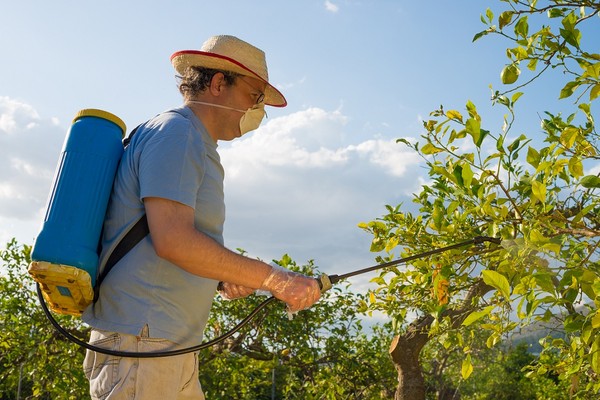 Cut replacement chemicals
Cut replacement chemicals
For over a dozen years, research has been carried out in fruit-growing institutes on replacing cutting with appropriate chemicals, applied to trees in the form of spraying or lubrication. So far, no chemical has been used to replace manual cutting, …
Ringing – Cutting the bark – Pulling out the buds
Ringing
Ringing, similarly to bending shoots, it belongs to very old horticultural procedures. So far, it has not been widely used in practice. Sometimes it is used occasionally in order to inhibit too intensive growth of trees.
Ringing is performed as follows. Around the limb or trunk …
Bending shoots
Complementary treatments for cutting and their effect on trees – Bending shoots
Bending shoots was already used in eighteenth-century palace gardens in order to form artificial crowns of trees. The effect of this treatment was known to be manifested by weaker growth of bent shoots. In commercial courts, bending shoots …
The effect of pruning on the health of trees
The effect of pruning on the health of trees
The positive effect of pruning on the health of trees is often emphasized. Sick or dead shoots are removed during pruning, thus limiting the further spread of diseases. Removal of infested shoots plays an important role in the control …
Impact of cutting on fruit quality
Influence of pruning on the regularity of fruiting
Influence of pruning on the regularity of fruiting
Many varieties of apple trees, pear and plum trees show a tendency to alternate fruiting, that is, producing a crop every other year. Alternate fruiting occurs primarily in naturally very fertile varieties, which have the ability to bear fruit …
The influence of cutting on the size of the fruit yield
 Cutting young trees and shrubs - by reducing the number of fruit-bearing shoots and flower buds, it almost always reduces the fruit yield. Therefore, young trees are recommended to be pruned only when necessary and as little as possible. It is different with older trees. After the trees entered in …
Cutting young trees and shrubs - by reducing the number of fruit-bearing shoots and flower buds, it almost always reduces the fruit yield. Therefore, young trees are recommended to be pruned only when necessary and as little as possible. It is different with older trees. After the trees entered in …
Effect of cutting on fruit set
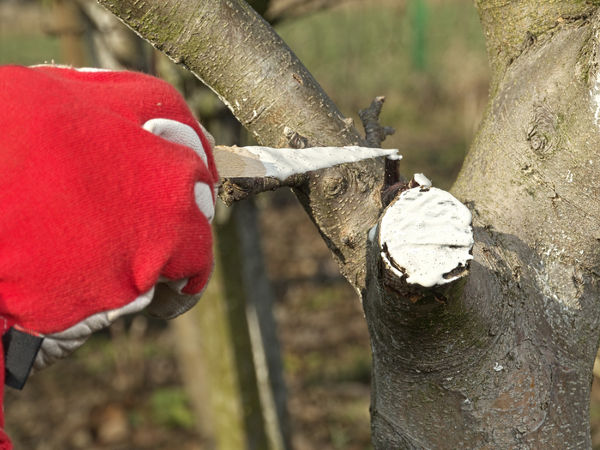 The fruit setting process can be conventionally divided into two stages. In the first stage, the flower is pollinated and fertilized, in the second of the fertilized flower a fruit set develops. Not found, that the pruning may have an effect on the pollination and fertilization of the flower, …
The fruit setting process can be conventionally divided into two stages. In the first stage, the flower is pollinated and fertilized, in the second of the fertilized flower a fruit set develops. Not found, that the pruning may have an effect on the pollination and fertilization of the flower, …
The effect of cutting on the formation of flower buds
Under good care, all young trees tend to form profusely flower buds three or four years after being planted in the orchard. Cutting can hinder this process or delay it for several years.
One of the conditions for creating …
The effect of pruning on the growth of trees and shrubs
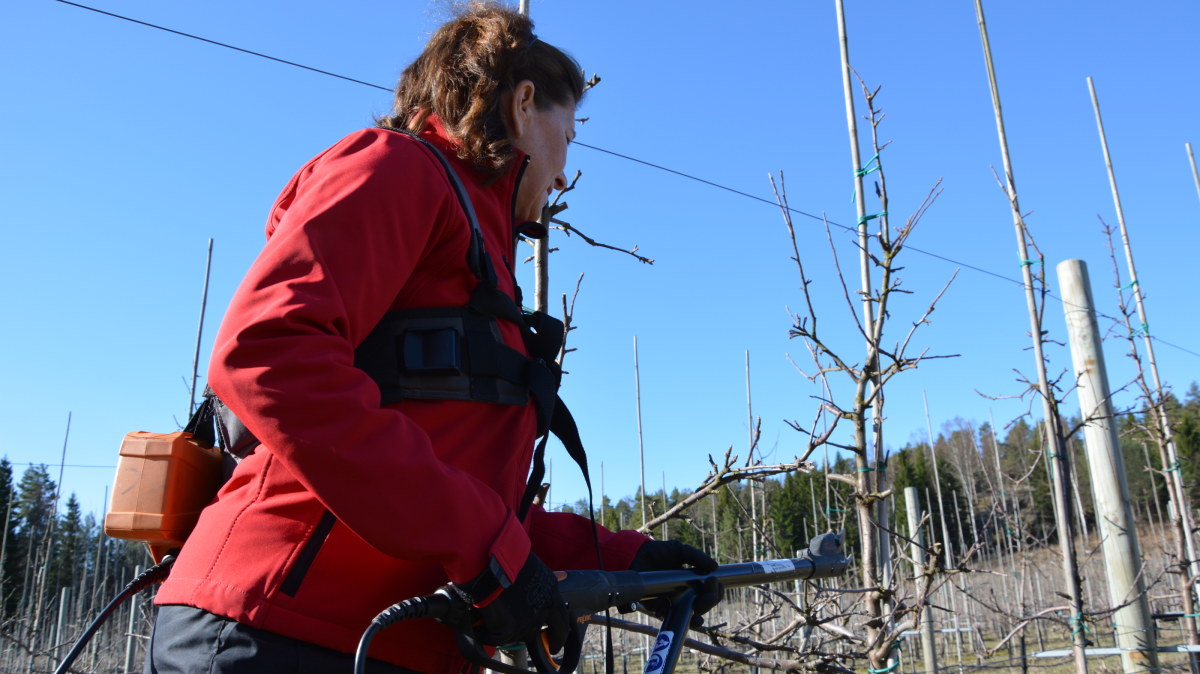 Even at the beginning of the previous century it was considered, that pruning has only beneficial effects on the growth of trees and their fruiting. Such a view prevailed during the period, when European horticulture developed under the influence of the art of gardening from the nineteenth-century palace gardens. When in years …
Even at the beginning of the previous century it was considered, that pruning has only beneficial effects on the growth of trees and their fruiting. Such a view prevailed during the period, when European horticulture developed under the influence of the art of gardening from the nineteenth-century palace gardens. When in years …
Construction of trees part 2
The growth direction of shoots is regulated by plant hormones (Auxin), which form in growing apical shoots and leaves. They move down the momentum. If the shoots grow intensively, the supply of growth hormones is greater than with weak growth, making, that …
Tree construction, part 1
Before proceeding with the description of cutting fruit trees and shrubs, it is worth recalling the names that have been adopted for a long time.
The cultivated noble varieties of fruit trees are propagated by grafting or budding. A plant, on which cultivars are grafted or inoculated, we call the washer. The washer is the system …
Cutting fruit trees and shrubs
 Cutting fruit trees and shrubs is inextricably linked with the rational care of fruit plants. It has several purposes. After planting, trees and shrubs are trimmed, to facilitate their adoption. When transplanting plants from the nursery to the orchard 4/5 root system …
Cutting fruit trees and shrubs is inextricably linked with the rational care of fruit plants. It has several purposes. After planting, trees and shrubs are trimmed, to facilitate their adoption. When transplanting plants from the nursery to the orchard 4/5 root system …
Collecting, sorting and storage of willow, wicker
The willows are cut during the dormant period, that is from November to the end of February (the old rules dictate, to do this as the moon is waning). The absence of leaves on the branches is a clue, that the time is right. If someone doesn't have their own trees, this before shearing …
The art of plaiting today
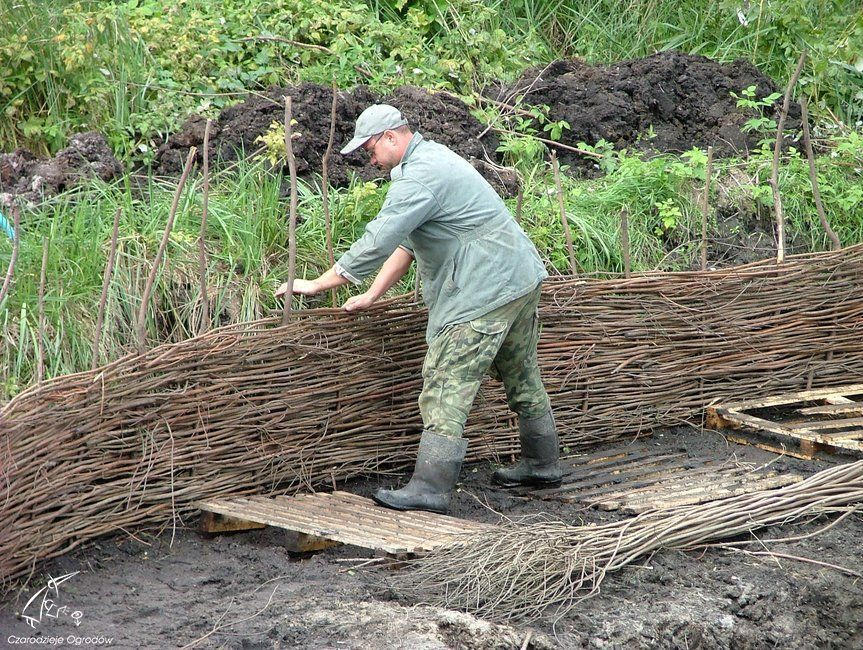 In the 1950s and 1960s, when the so-called. the period of the economic miracle, various technological innovations were introduced. New materials and techniques were admired, plastic, bent plywood, construction of prefabricated panels, coated with plastic. Consumption, progress, …
In the 1950s and 1960s, when the so-called. the period of the economic miracle, various technological innovations were introduced. New materials and techniques were admired, plastic, bent plywood, construction of prefabricated panels, coated with plastic. Consumption, progress, …
The art of plaiting in the past
The art of plaiting has become very popular, both geographically, and historical. Already the Nomads, collectors and hunters have been using wicker products since ancient times. Thus, basketry, along with pottery, is one of the oldest crafts in the world. Although most of the weaving facilities of that time did not survive …
Willow species, their specific features and application
 Almond willow (in. three-rod) (Salix triandra) The name comes from here, that its leaves are similar to those of almond trees, they are characterized by juicy greenery and are usually the widest in the middle. Shoots are long and strong. In the wild, it grows as a shrub, …
Almond willow (in. three-rod) (Salix triandra) The name comes from here, that its leaves are similar to those of almond trees, they are characterized by juicy greenery and are usually the widest in the middle. Shoots are long and strong. In the wild, it grows as a shrub, …
Material for wicker and fascine constructions
Material for wicker and fascine constructions
It's not that important, what species or varieties we will use to create the structure and for the fascine (bundles of wicker or other trees used e.g.. to build or strengthen dams, dyke, sharp). Worth a look around …

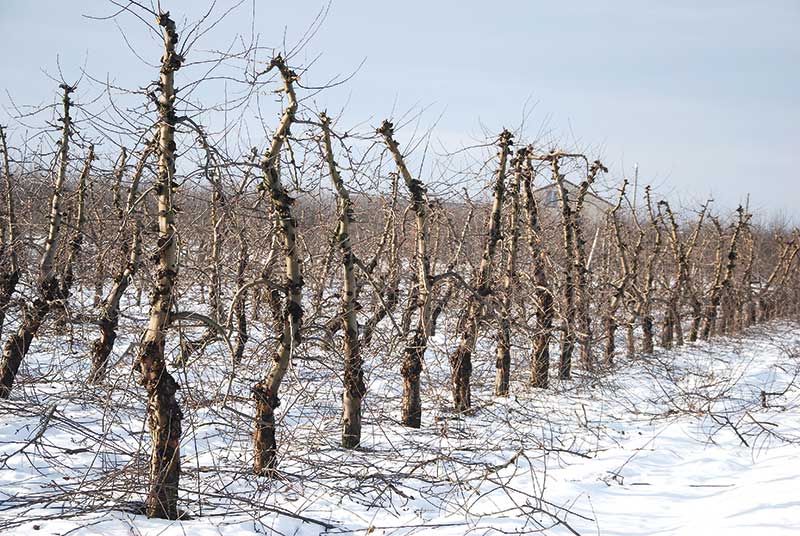 By means of cutting, the size of the fruit can be effectively regulated. Winter or spring pruning reduces the number of flowers per tree, and therefore fruit, thanks to which each of them grows. The positive effect of cutting on the size of the fruit is especially visible in …
By means of cutting, the size of the fruit can be effectively regulated. Winter or spring pruning reduces the number of flowers per tree, and therefore fruit, thanks to which each of them grows. The positive effect of cutting on the size of the fruit is especially visible in …